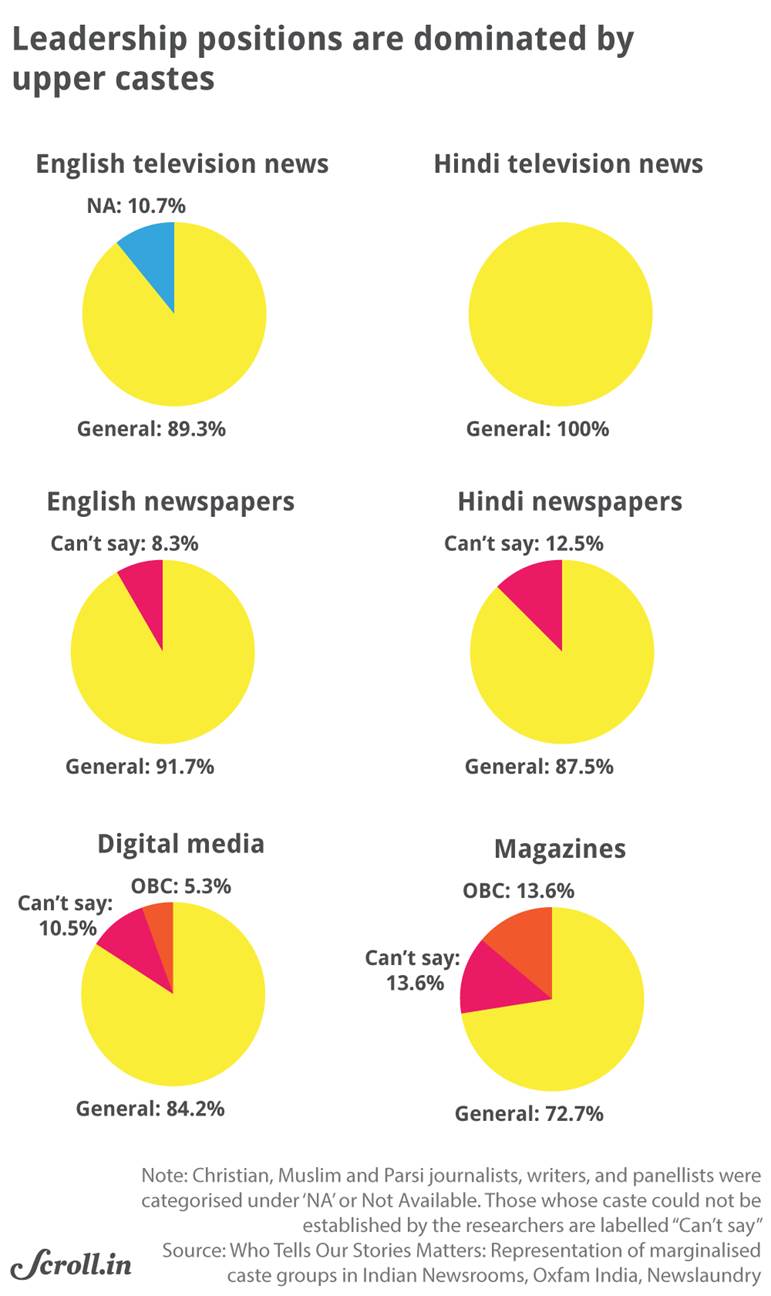Will China and the US Split India
By Dr Aslam Abdullah
CA


India's upper castes in leadership positions
The entire world economy is about 104 trillion dollars. Ten nations hold 50 percent of that. China and the US have 30 trillion, while Japan, Germany, the UK, France, India, Italy, Brazil, and Canada share 20 trillion. Of the world population, nearly half, or 4 billion, live in the world's ten largest economies. In other words, the real competition for controlling the world economy is among the ten countries. The real challenge is who manages and stabilizes its economy at number one. Currently, the US and China are competing harshly for that status. But in years to come, India will become a leading competitor of the two due to its increasing population in service, consumption, and production sectors.
None of the three countries would want the other to surpass. This race would determine their future and that of the world. China would not allow India to overtake it, and the US would do everything to slow Chinese growth. The US hopes to use India for that purpose, but not to the extent of making her its main competitor.
India would use every possible US support to dent China to become number one in the long run. China would want a weak India to check its growth.
China and the US ultimately want divisions in India on ethnic, linguistic, religious, and caste basis. The present political scenario in India confirms their designs. India's ruling elites, namely the members of the Hindu nationalist parties, are obsessed with the idea of a Hindu Rashtra with one language, one dietary regiment, one version of faith based on caste hierarchy, and one political party. They want to replace the pluralistic constitution of India with Manusmirti, an ancient book that wants the power to concentrate in the hands of 17 percent of the people, described Hindus with Brahmans at the top.
A substantial number of such people do not identify with Hinduism. Among them are tribals and Dalits. Others are from the so-called backward classes, living on Hinduism's periphery. Sikhs, Buddhists, and Jains also do not identify with Hinduism. It is hard to believe that these groups would allow the Hindu nationalists to experiment with the idea of the Hindu Rashtra. On the contrary, they will revolt and may demand their separate status based on their belief system.
On dietary issues, India's southern, eastern, and western states are big beef consumers. At the same time, a few of them, including UP, Gujarat, Rajasthan, Madhya Pradesh, and Bihar, have Hindu vegetarian upper castes. A uniform dietary rule would agitate millions of India and may lead to tensions among various caste groups.
India's linguistic divisions are natural. Of the 1.4 billion Indians, 615 million claims to speak Hindi in its various dialects, while 785 million speak other languages such as Bengali, Marathi, Tamil, Telugu, Kannada, Assamese, or Malayalam. The majority would not accept the imposition of Hindi as the national language, and several states based on linguistic identity would revolt.
On a religious and caste basis, Indians have thousands of divisions. The imposition of Brahman-dominated religious ideas may lead to caste and religious wars, pushing the country into unprecedented civil wars.
The US and China experts on India are aware of such contradictions and conflicts in Indian society, and they would not hesitate to use them to break India. They view the emergence of a Hindu nationalist party as the leading contender for power as an unprecedented opportunity for such a process. They are sure that India would break, but they are not sure how many countries it would split and how long it would take.
The Hindu nationalists are aware of this game plan. They hope to outsmart the US and Chinese forces through the presence of their upper-caste members in Europe, the Americas, and Australia. In addition, they hope to have a significant say in service and finance sectors through a network of political, religious, business, and cultural groups to ensure their upper hand in these countries' national or local politics. But India's disadvantage in these countries is the presence of non-upper-caste Indians, who understand the pains of thousands of years of discrimination. The caste would ultimately lead India to destroy itself, and the ruling Hindu nationalists are expediting the process.
(Dr Aslam Abdullah is a resident scholar at Islamicity.org and editor-in-chief of the Muslim Observer newspaper. He is also the Indian Islamic Heritage Project director of the American Federation of Muslims of Indian origin and the interim President of the World Council of Muslims for Interfaith Relations, WCMIR.)

